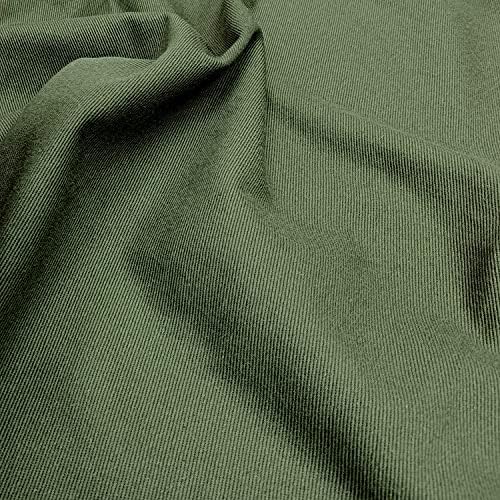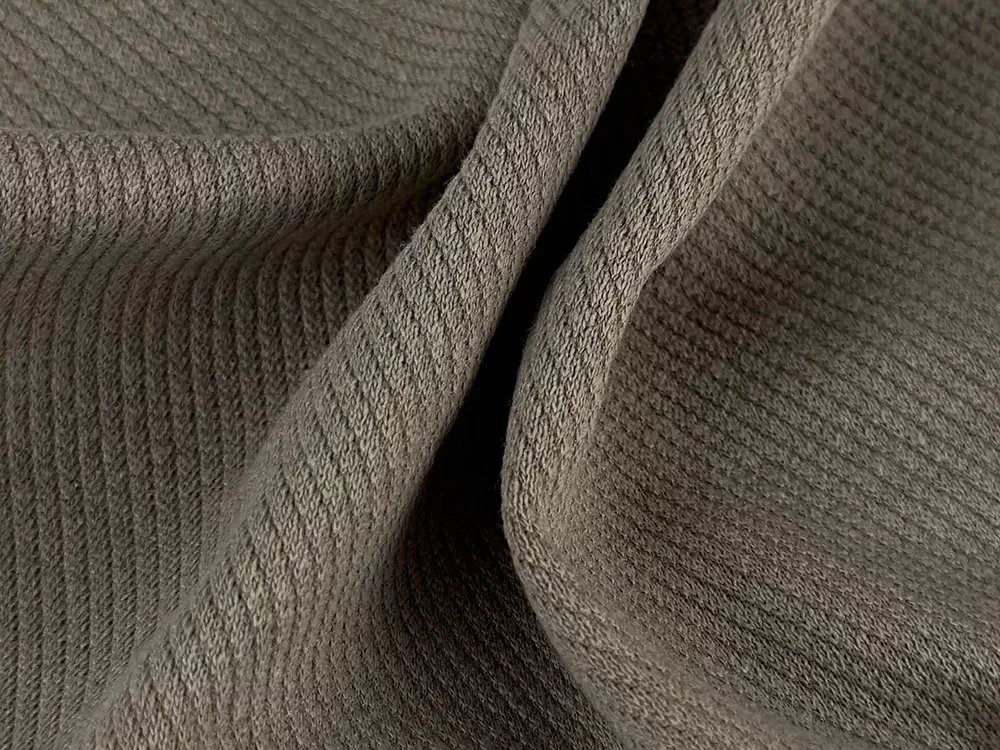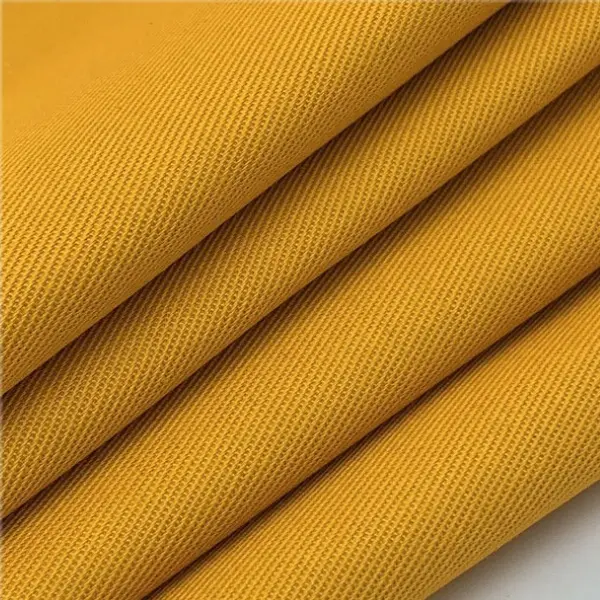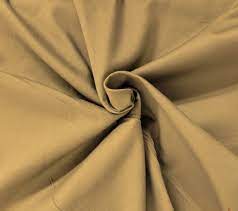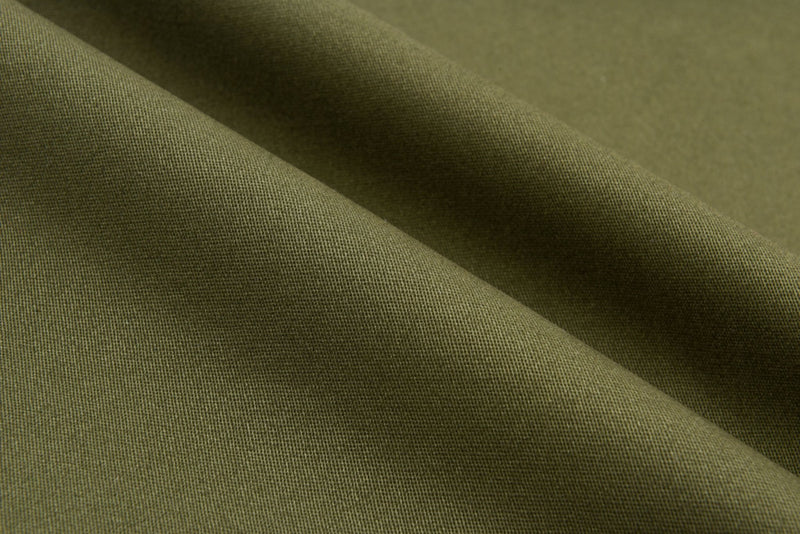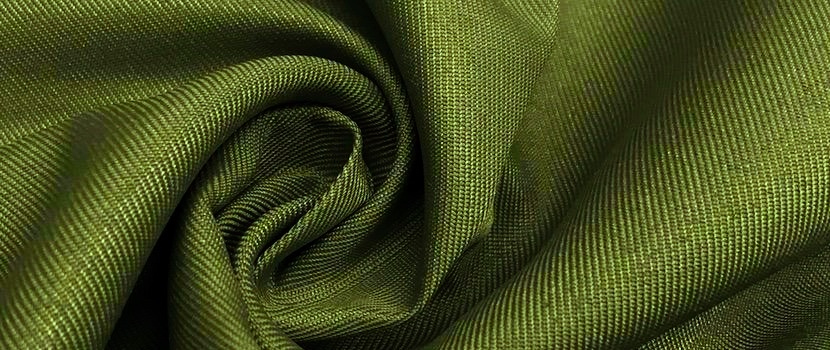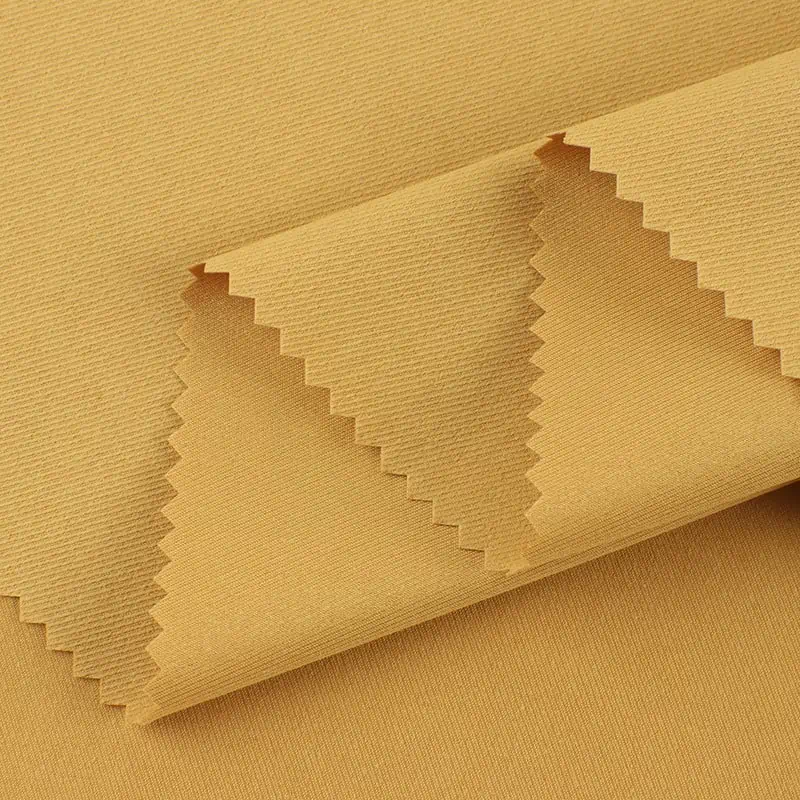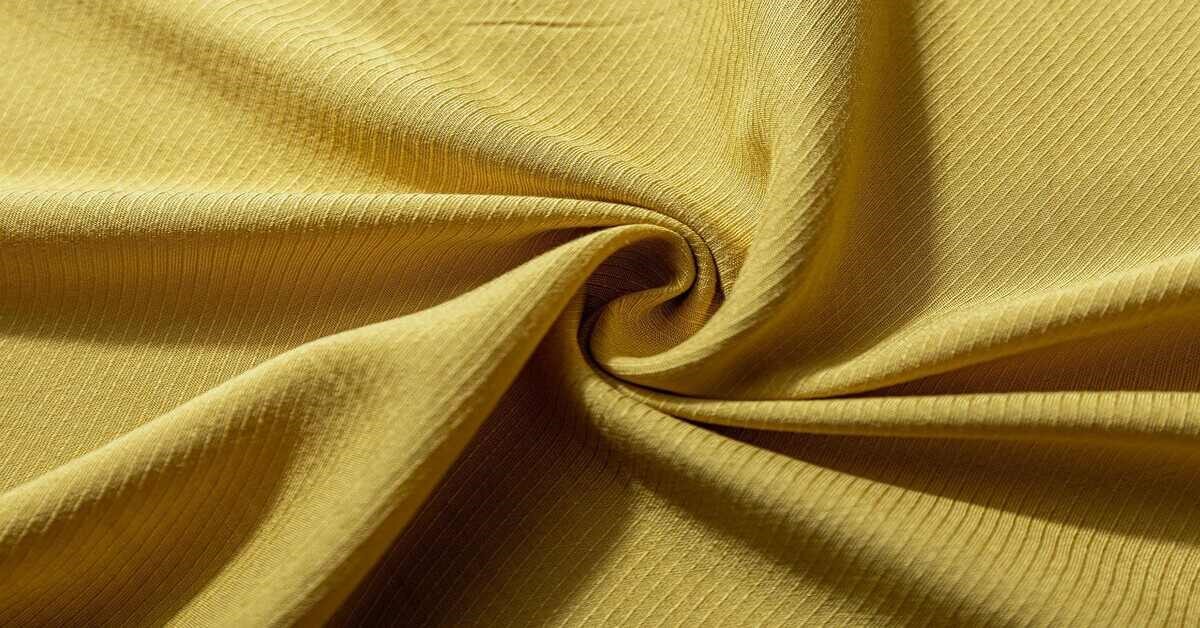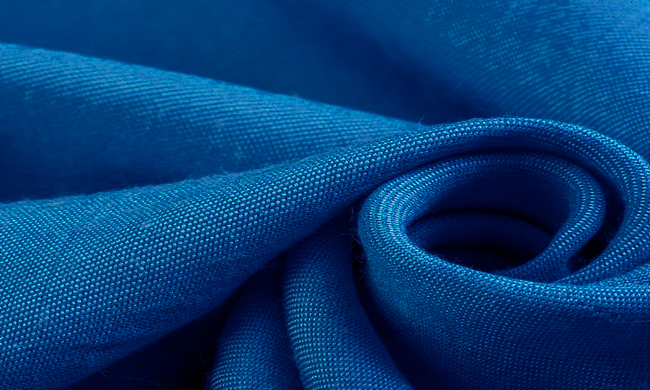Description
Twill fabric is a versatile and durable textile characterized by its distinctive diagonal weave pattern, which sets it apart from other fabric types. This unique construction results in a fabric that not only has a textured appearance but also exhibits enhanced strength and resistance to wrinkles. The weaving technique involves weaving the thread in such a way that it creates a “twill” line on the surface, allowing for greater flexibility and drape. Commonly used in a variety of applications, twill fabric is found in garments like jeans, chinos, and jackets, as well as in home furnishings like upholstery and curtains.
One of the most popular types of twill fabric is denim, which has become a staple in everyday wear due to its ruggedness and ability to develop character with age and use. The weight and thickness of twill can vary, making it suitable for both lightweight summer clothing and heavier winter wear. Additionally, twill fabric is often blended with other fibers such as cotton, polyester, or wool, enhancing its properties such as comfort, stretch, and durability. The diagonal weave also contributes to its ability to resist fraying, making it a practical choice for high-use items.
Beyond fashion, twill fabric’s aesthetic appeal and functional benefits make it a favored material in various industries. In the realm of interior design, its structured form allows for elegant drapery and upholstery, providing both style and durability. With its wide range of colors and patterns, twill can easily adapt to different design themes, from rustic to modern. As sustainability becomes increasingly important in textile production, eco-friendly versions of twill fabric are also emerging, made from organic fibers or recycled materials, appealing to environmentally conscious consumers. Overall, twill fabric remains a beloved choice for its blend of durability, style, and practicality.


